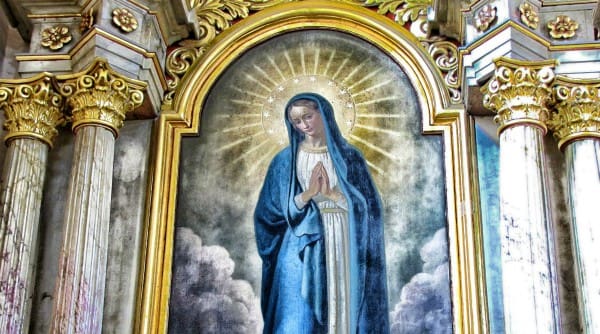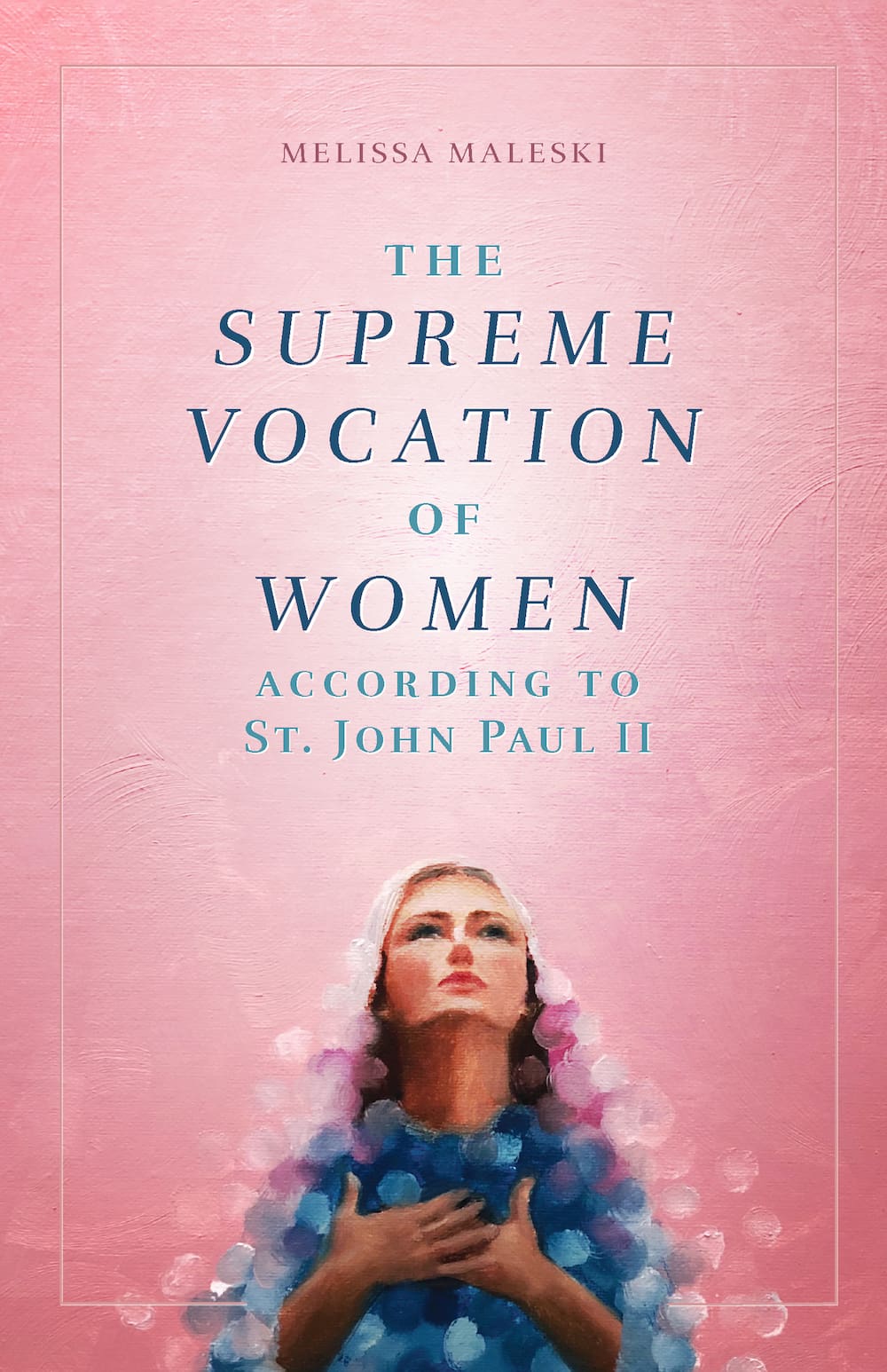A thought-provoking question lurks in the background of man’s Fall from Original Innocence: Why did the serpent seek out the woman, and not the man, to provoke human damnation?
A number of answers may come to mind, ones that presume the vulnerability of the female personality, but all of them insufficiently consider the natural and supernatural endowments of womanhood in Original Innocence. Woman was not the weak link in the chain or the easy domino to topple. And it is impossible to know how much supernatural knowledge the devil retained after his own fall, and whether his decision was influenced by whatever knowledge he had. But it is clear by the devil’s first addressing the woman and securing her participation in the Fall of man that she possessed significant agency and influence — simply by the virtue of her womanhood.
Without directly addressing this question, the Church, from her earliest days, sought to understand Eve’s significance and what it indicated for the nature and dignity of womanhood. This is done primarily through a reflection on the comparative relationship between Eve and Jesus’ mother. Mary is “the new Eve,” and the antithesis between her and Eve is rooted in fidelity:
And even as [Eve] . . . having become disobedient, was made the cause of death, both to herself and to the entire race; so also did Mary . . . by yielding obedience, become the cause of salvation, both to herself and the whole human race . . . so that the former ties be cancelled by the latter, that the latter may set the former again at liberty.
The antithetical relationship between Eve and Mary has many layers of meaning to it. The first layer addresses the circumstances and the consequences surrounding each woman’s decision to obey or disobey God, as we see in the quotation above. Underneath that layer we see that the disobedience of one and the obedience of the other indicate a deeper personal disposition. Mary’s entire demeanor during her encounter with the archangel Gabriel, poured out in its fullness through the words of her fiat, speaks of an obedience that is born of love. She embodies the fullness of the First Commandment: to love God with one’s whole heart, soul, and might. Eve’s disposition lacks this fullness. She does not need the Ten Commandments to know the natural order of things; the infusion of natural and supernatural knowledge endows her with the necessary understanding to thrive in cooperation with God’s will. Yet the love she has for God is eclipsed by the reasonable-sounding poison coming from the serpent.
Underneath these layers, we find the central force of the Eve-Mary relationship. It is composed of two parts. The first is a simple premise: Eve and Mary are endowed with the capacity to direct the course of human development in all its dimensions. Eve is known as our mother according to nature, giving life — and death — to the human family. Mary, on the other hand, is our mother according to grace, facilitating our eternal, supernatural life through her Son.
The second part is logically inferred by the first: as representatives of womanhood, which is a particular way of being human, the endowment of agency over human development is both revealed and confirmed as an essential aspect of the female person. Eve, simply by the fact of her creation, helped Adam to develop an understanding of himself, and the nature of the human person generally, in a way that was impossible during his original solitude. And Mary, in cooperation with her Son, designated the time and the manner in which Christ was first to reveal Himself to the world — at the wedding feast in Cana.
+
This article is adapted from a chapter in The Supreme Vocation of Women by Melissa Maleski, which is available from Sophia Institute Press.
Art for this post on Femininity: Cover and featured image used with permission.





